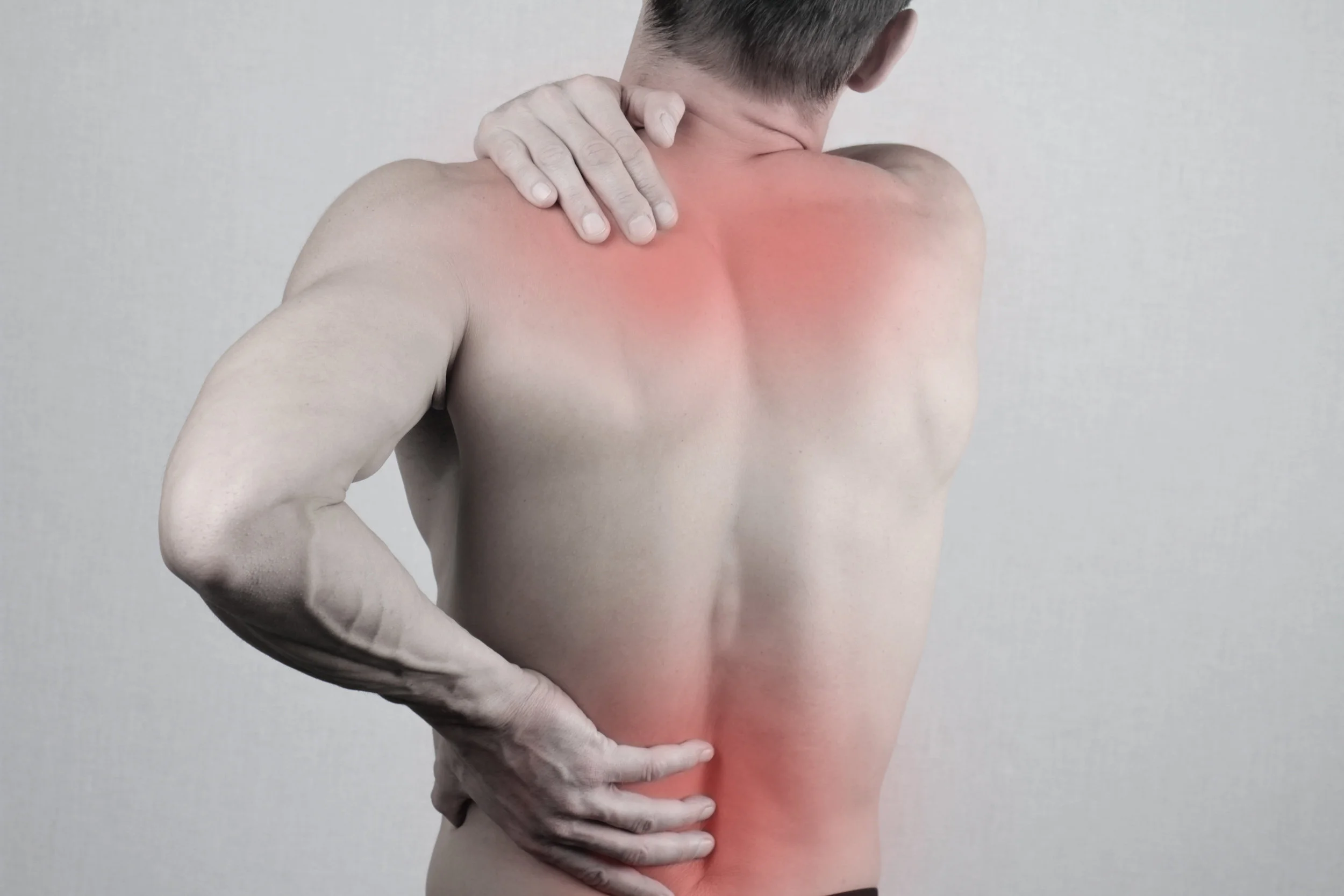WHAT WE TREAT
Neck and Back pain
Neck and back pain are commonly experienced and is treated through a neuromusculoskeletal approach. The joints of the spine are looked at in relation to the muscles and neural structures that surround them and addressed as a whole system to resolve pain and dysfunction.
Headache, Sinusitis and Jaw pain (TMJ)
Headaches originating from the upper neck and temporomandibular joint (TMJ) are effectively treated through manual therapy techniques. Sinus treatment includes dry needling in conjunction with ultrasound to improve sinus drainage and headache symptoms.
Sports injuries
Sports Injuries can include rotator cuff injuries, ligament sprains, muscle sprains. Sports injuries are injuries that occur in athletic activities. In many cases, these injuries are due to overuse and/training or acute trauma of a part of the body when participating in a certain activity. These are treated through an initial biomechanical assessment to establish the cause of the dysfunction. Followed by hands on treatment of the musculature, joints and soft tissue affected. To ensure effective long-term management this treatment is coupled with specific rehabilitative exercises.
Work related injuries
This is becoming a very common cause of aches, pains and disability. This is because the population is spending more and more time stationary behind computers, laptops and smart devices and less time moving around and being active. Joints were made for movement – this is when they function best! Sitting for long hours in the incorrect position is usually the cause of dysfunction and pain. Most smart devices put you at an ergonomic disadvantage – this means that you are holding your cervical spine (neck) in a less than optimal position and almost doubling the amount of force that is normally placed on these structures and joints. Over time this can lead to micro-damage and degeneration of these joints. Physiotherapists are trained to do ergonomic assessments and can help you to set up your work station so that you are in the best position for your spine. They can also offer tips and tricks to help you move around more at work while still being efficient at your job.
Post-operative rehabilitation
This specialty of physiotherapy is most often found in the out-patient setting after discharge from the hospital. Therapists are trained in the treatment of post-operative orthopeadic procedures, fractures, spinal conditions and amputees. Therapeutic exercises, muscle strengthening, proprioception, neuromuscular retraining and early mobilisation is encouraged. Unless there are specified orders to the contrary, all patients are encouraged to get up and move around as much as their underlying condition will allow. Communication between the surgeon and physiotherapist is emphasised.
Chest conditions
There is an old proverb that states, "Life is in the breath. He who half breathes half lives." If you have allergies, asthma, or other breathing problems, this proverb may sound very familiar. Chest physiotherapy is an effective approach to assist with preventing and treating various chest infections. It helps clear the airways of excess secretions associated with pneumonias, bronchitis, COPD, cystic fibrosis and other chronic lung conditions. Through a combination of nebulisation, percussion, vibration, suctioning and breathing exercises it improves the comfort and effectiveness of breathing.


